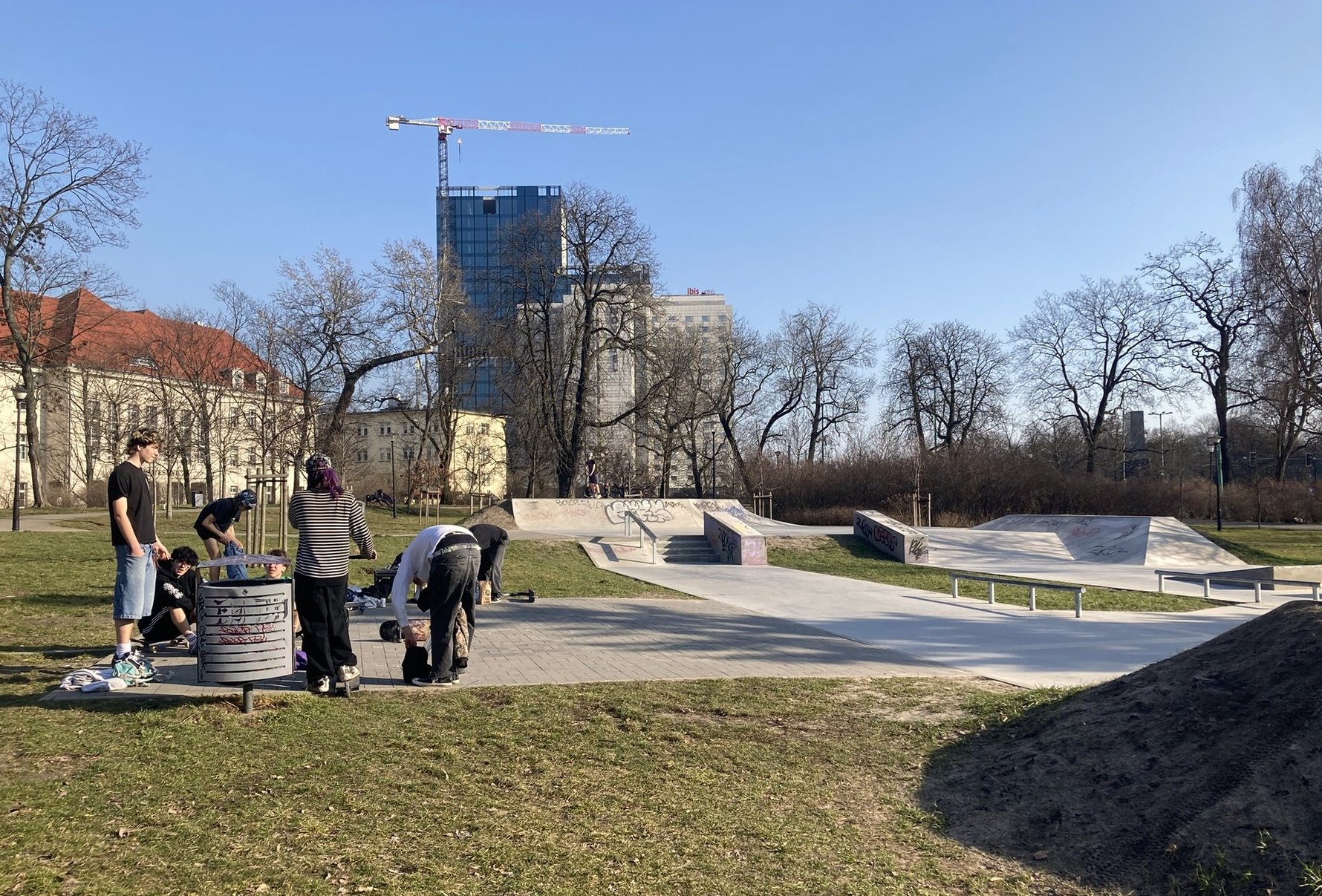
Near the pond stands the only surviving trace of Festung Posen’s inner polygonal core: the former blockhouse of Bastion IV, also known as Bastion Colomb. Built in 1854, this compact combat shelter lined with gun ports served as a last point of resistance in the event of an enemy breach. Completely buried for over 90 years, the structure was unearthed and restored in 1998. Today it houses Fort Colomb - a unique pub with vaulted interiors and a large beer garden.
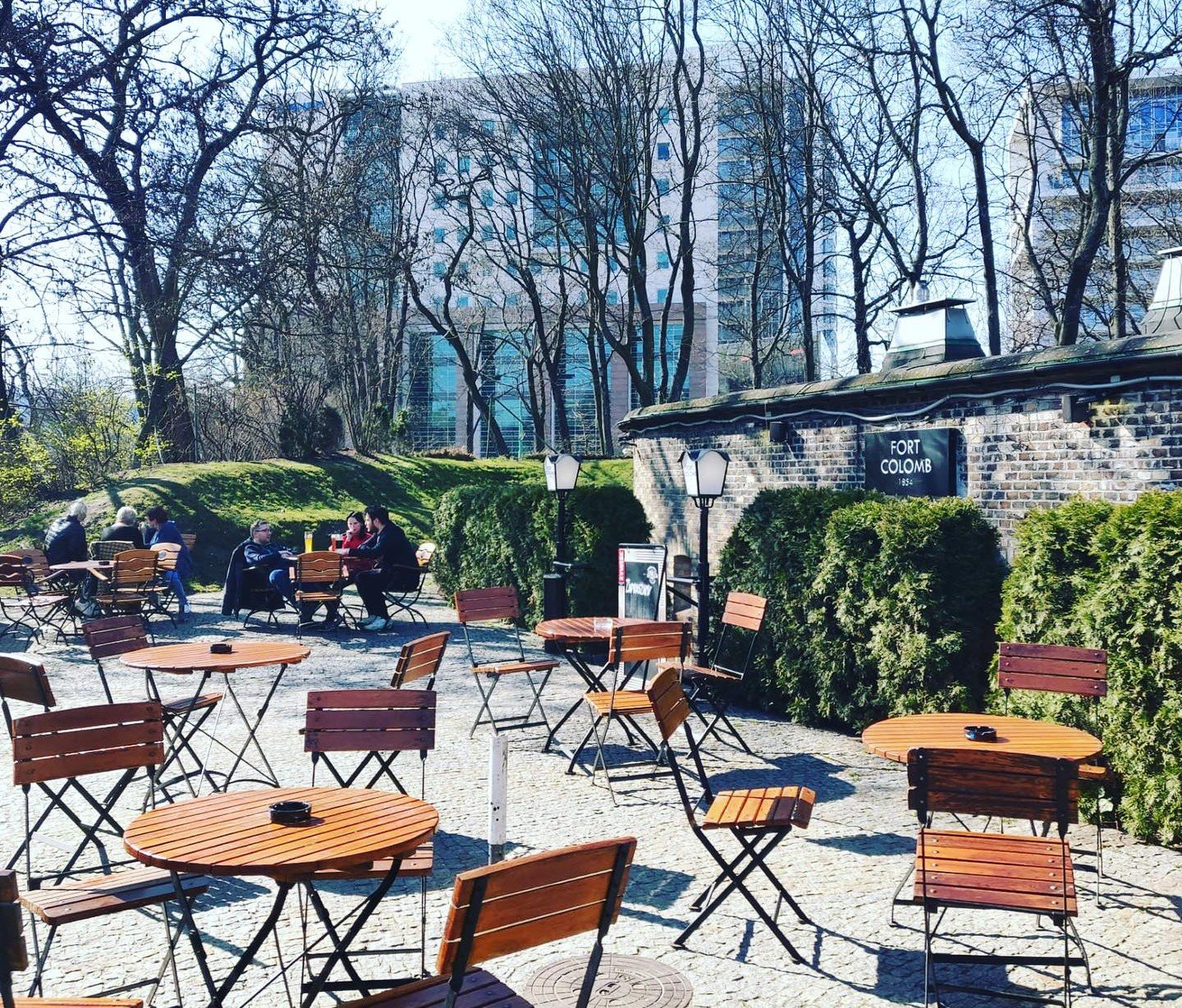
Originally named after German poet Friedrich Schiller, the park was rechristened following the Wielkopolska Uprising in honour of Karol Marcinkowski (1800-46) - a local physician, philanthropist and social activist. A major proponent of Polish education and cultural self-determination under Prussian rule, Marcinkowski remains one of Poznań’s most celebrated figures, with several monuments, a high school, university and street all bearing his name.
A bust of Polish Romantic poet Juliusz Słowacki, installed in place of Schiller’s in 1923, still stands in the park today. It famously survived the Nazi occupation thanks to the vigilant park grounds crew, who buried it underground to prevent its destruction. Near the corner of Powstańców Wielkopolskich and Towarowa streets, a large monument commemorates the expulsion of some 630,000 Poles from Wielkopolska during World War II, 31% of which were children. Designed by Karol Badyna, it was unveiled in 2024.
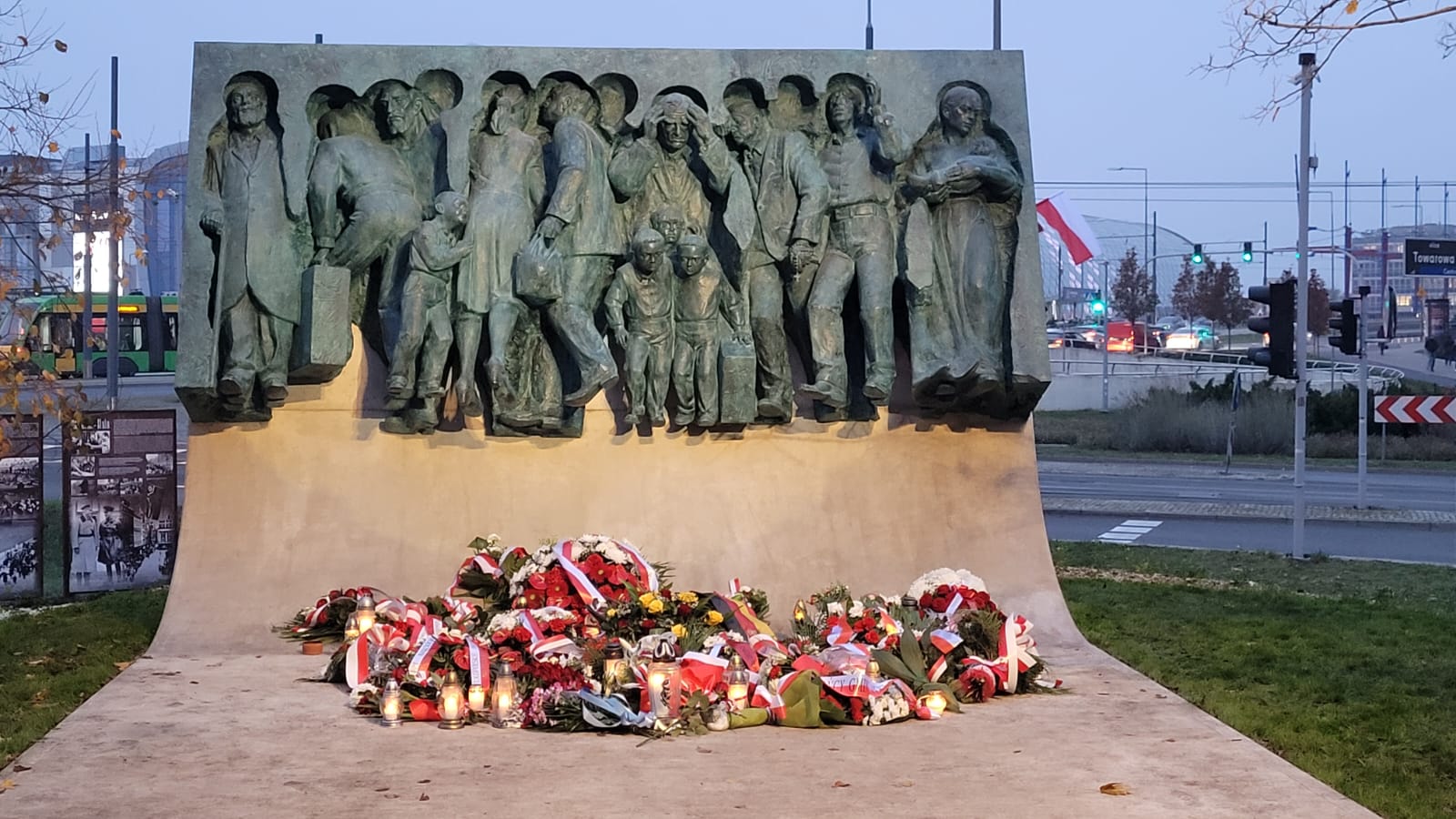
The park is lined with many significant academic and institutional buildings along Al. Niepodległości, including the Poznań Railway Directorate (Al. Niepodległości 8, completed 1915) and University of Economics (Al. Niepodległości 10, completed 1932).



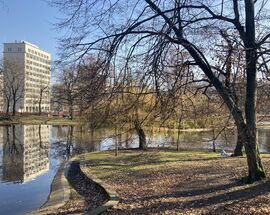
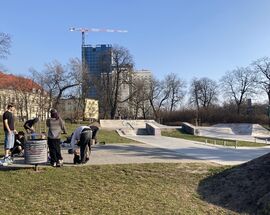
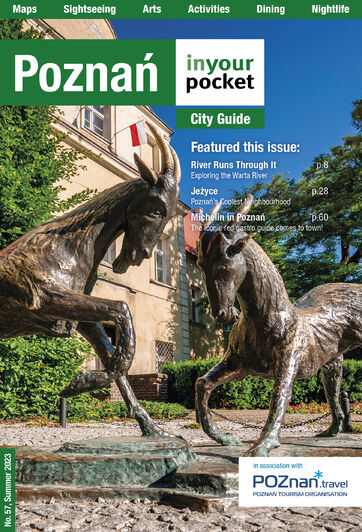
Comments